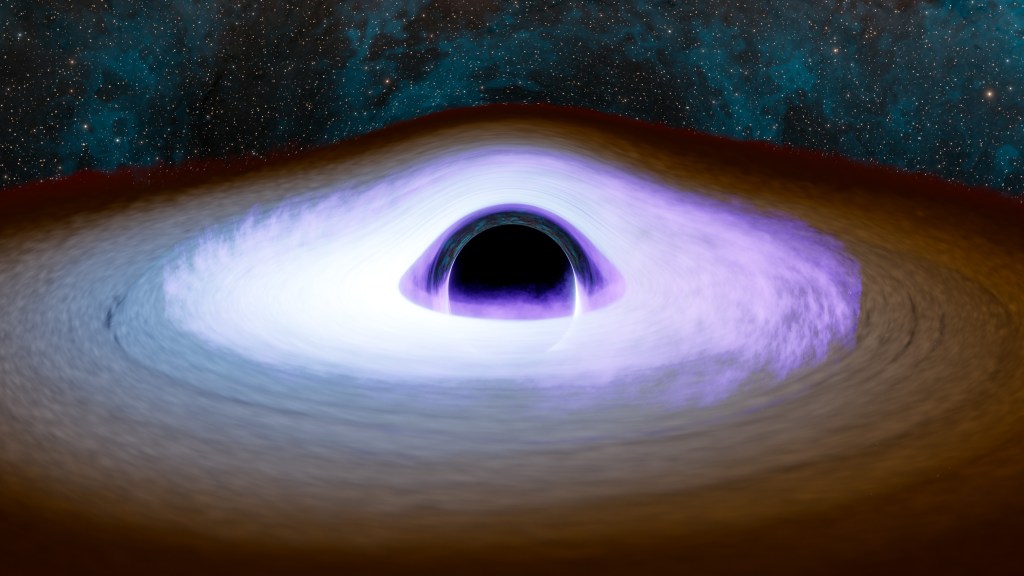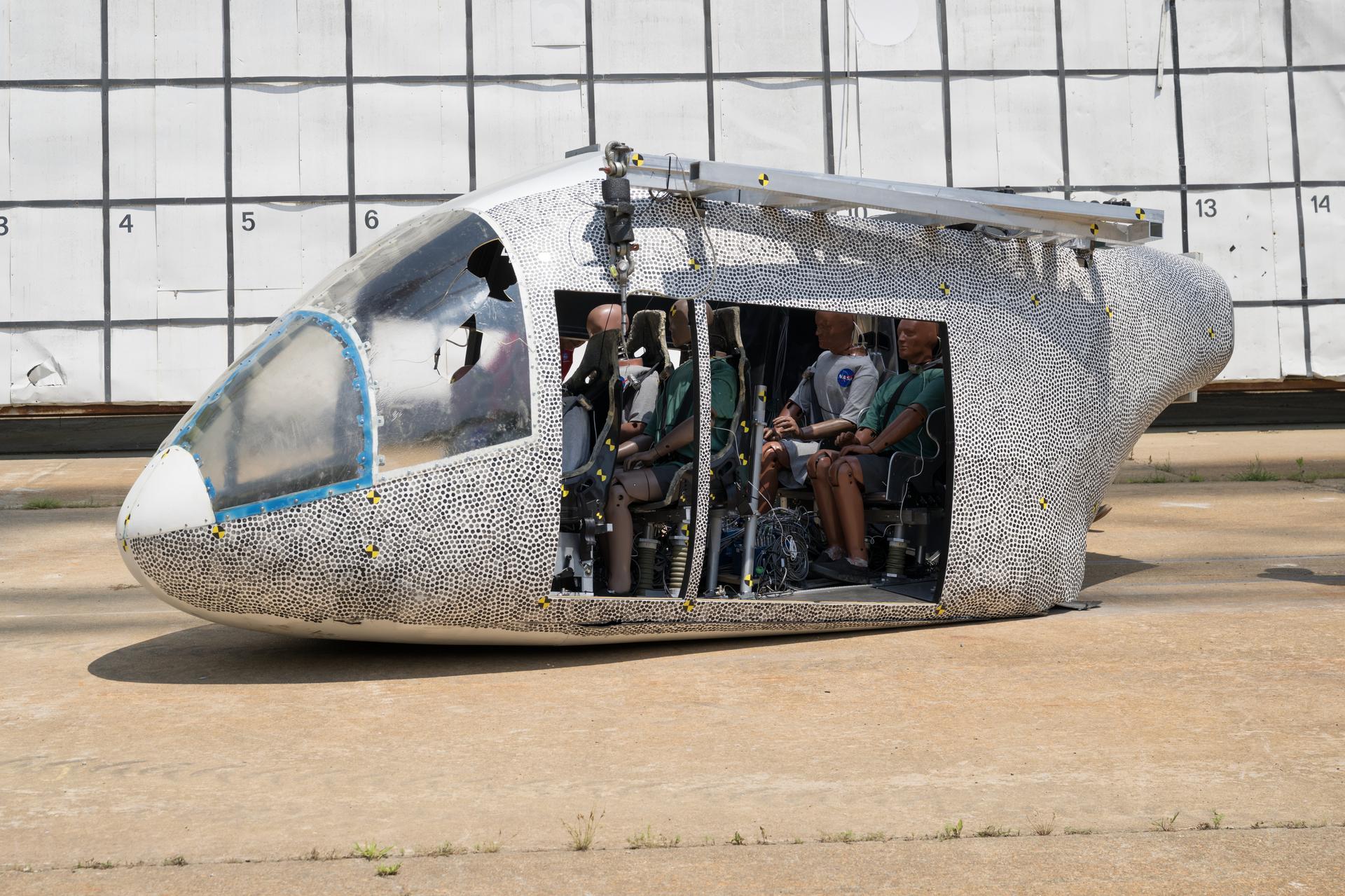Dual-Illuminated Pandora
The Cassini spacecraft watches Pandora, one of the F ring's two shepherding moons, orbiting beyond the thin ring.
The small moon can be seen on the left of this image. Pandora (81 kilometers, or 50 miles across) is brightly lit on the left by sunlight on the moon's anti-Saturn side and dimly illuminated on the right by light reflected off Saturn on the moon's Saturn-facing side.
See A Pair of Shepherds to learn more about how Pandora and another moon, Prometheus, shape the F ring.
This view looks toward the northern, sunlit side of the rings from about 10 degrees above the ringplane. Seven background stars are visible.
The image was taken in visible light with the Cassini spacecraft narrow-angle camera on June 1, 2010. The view was obtained at a distance of approximately 1.4 million kilometers (870,000 miles) from Saturn. Image scale is 8 kilometers (5 miles) per pixel.
The Cassini-Huygens mission is a cooperative project of NASA, the European Space Agency and the Italian Space Agency. The Jet Propulsion Laboratory, a division of the California Institute of Technology in Pasadena, manages the mission for NASA's Science Mission Directorate, Washington, D.C. The Cassini orbiter and its two onboard cameras were designed, developed and assembled at JPL. The imaging operations center is based at the Space Science Institute in Boulder, Colo.
For more information about the Cassini-Huygens mission visit http://saturn.jpl.nasa.gov . The Cassini imaging team homepage is at http://ciclops.org .
Credit: NASA/JPL/Space Science Institute





























